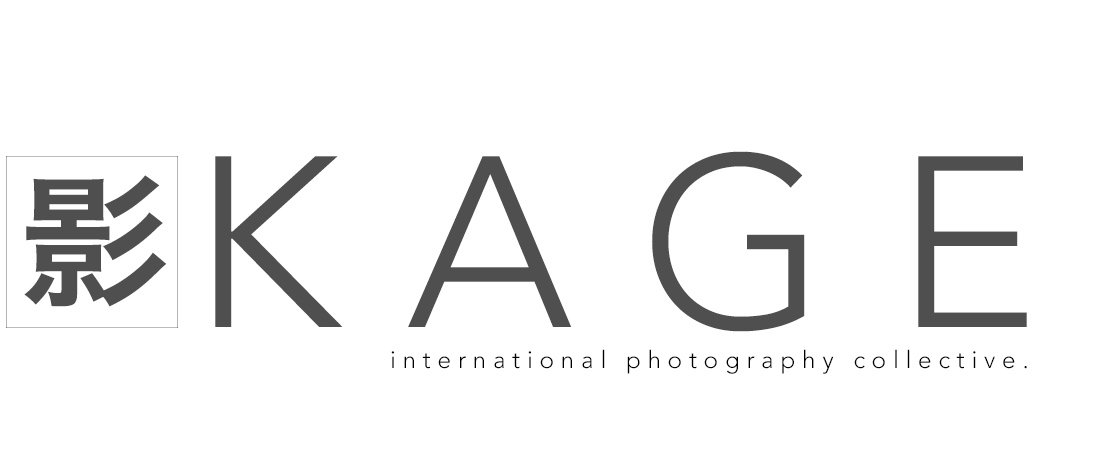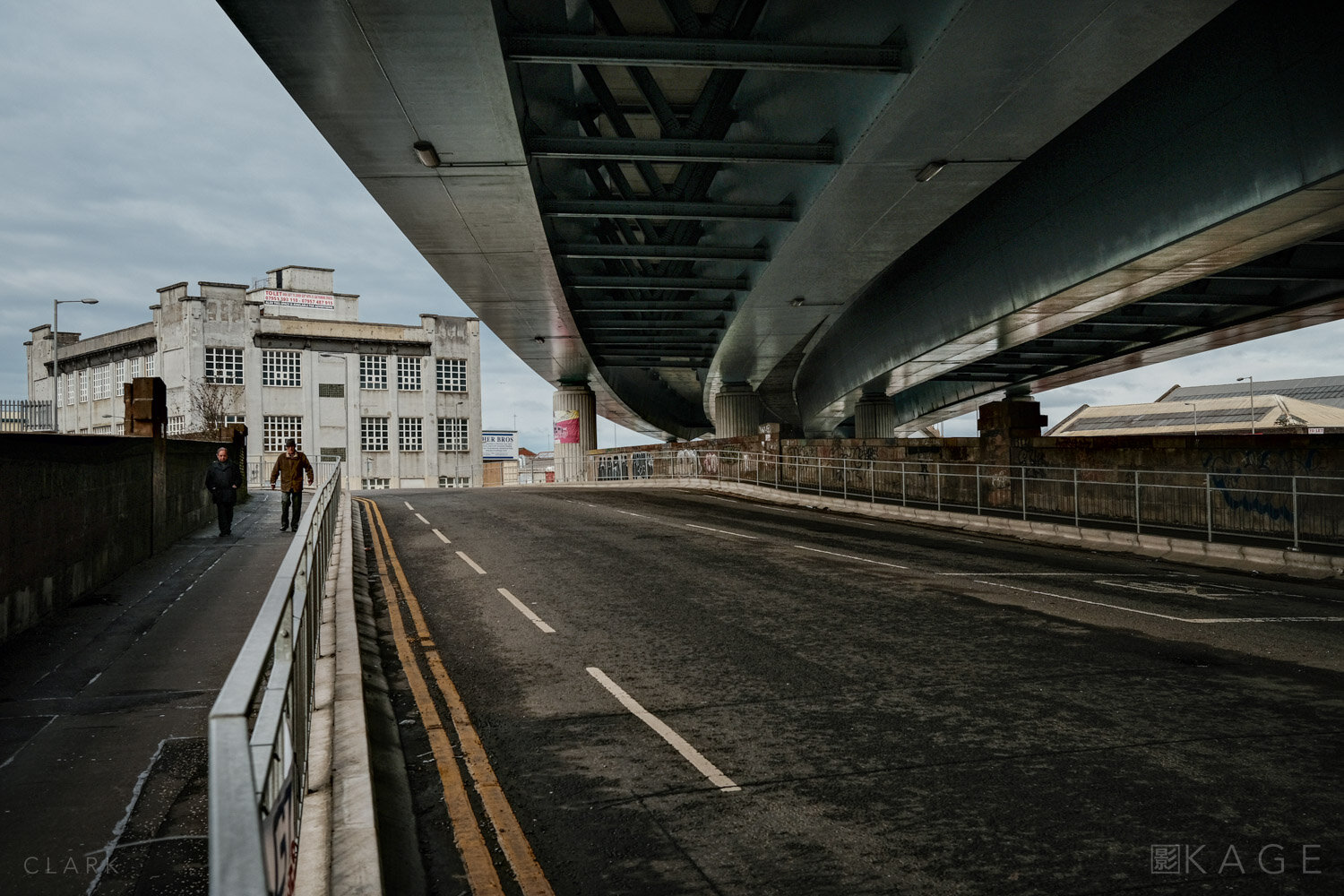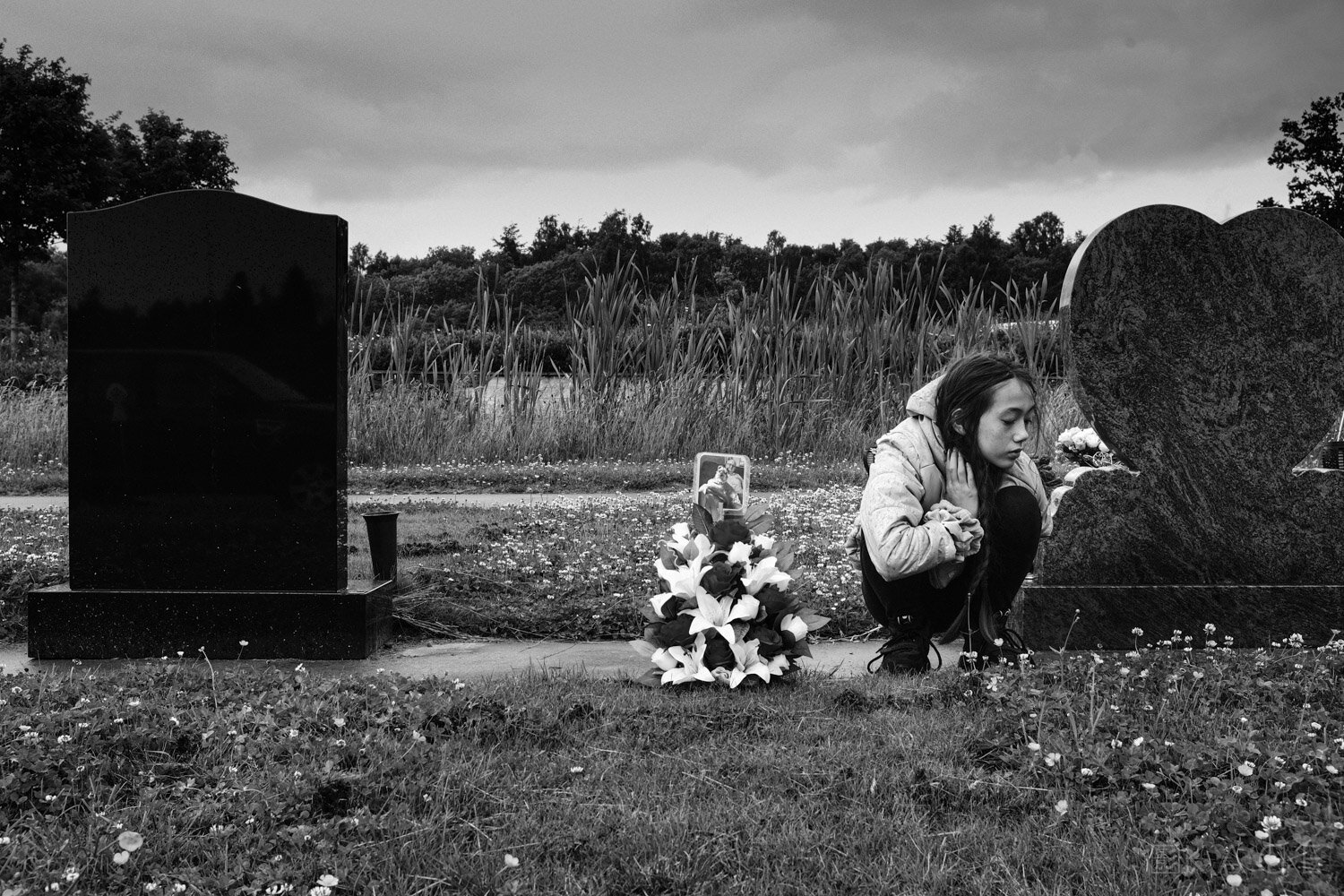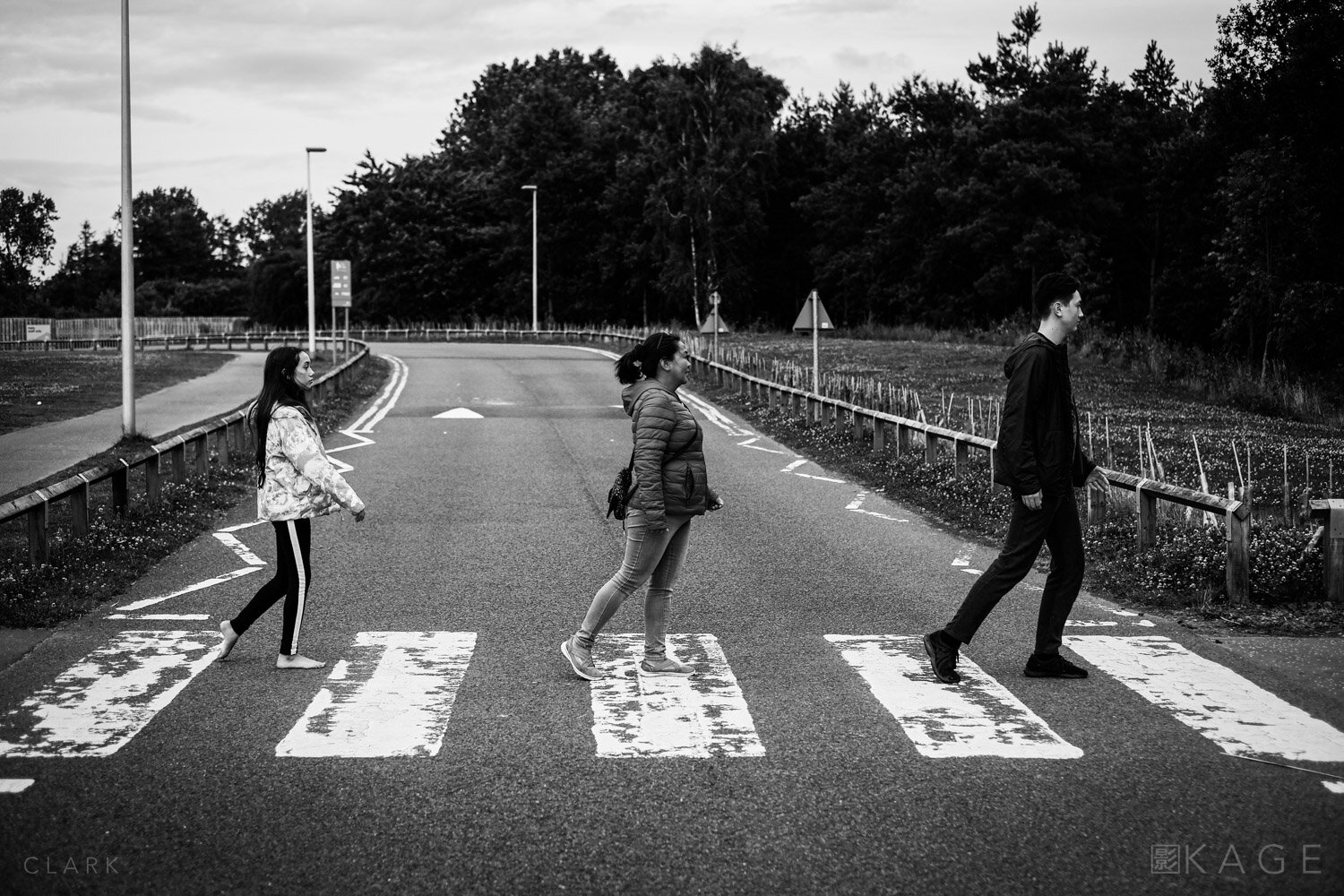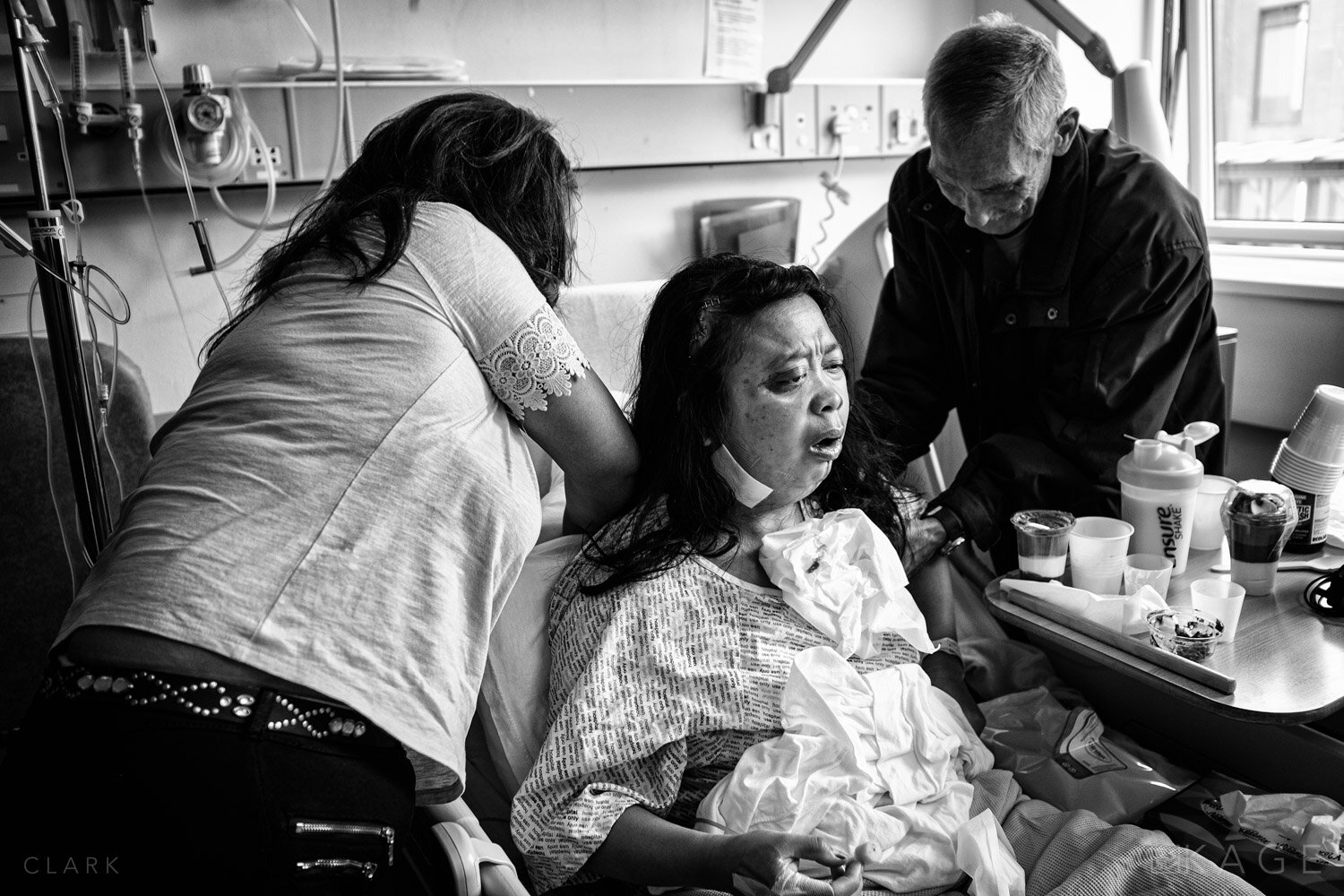BY BERT STEPHANI
This image, from Robert Catto’s essay Broken Threads was my starting point for this essay.
Why is it that the head, and particularly the face, has so much importance in people photography? Convention states that the face should be the bright, in focus and get to be center stage in the composition.
A couple of Robert’s pictures of headless statues made me think about the importance that is generally put on the head/face in photography. While the rest of the body can tell the story just as well or even better. I’ve never been afraid to make a picture that doesn’t include the head but until recently I also never deliberately set out to not include the head in pictures.
So in the last couple of days I tried to do just that when taking pictures around the house.
In the last few months, I’ve been also busy figuring out and creating a new body (pun not intended) of work. And one of the the aspects that I’ve been experimenting with is not including the face of the subject.
So what are your opinions on headless photography? Is it acceptable? Is it still portraiture?
